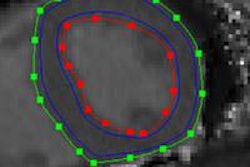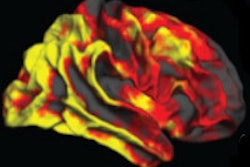Dear Cardiac Imaging Insider,
T1 mapping in MRI has made substantial inroads in cardiac tissue characterization. But a new study says it can't do an important job it is widely thought to handle with ease: differentiating healthy from diseased myocardial tissue in individual patients.
T1 mapping allows quantitative assessment of the myocardium, but its value in clinical routine remains unclear, wrote the German study team in PLOS One. Native T1 relaxation times can be altered in the presence of different tissue properties such as fibrosis or local scarring. But whether the modality can distinguish diseased from healthy myocardium on the individual patient level has been unclear. Learn about what the group found, and how the findings may affect future research, by clicking here.
Another study from Germany's University of Erlangen looked at contrast media. Specifically, the group assessed the utility of high-iodine-concentration formulas to improve image quality. Three different agents with three different iodine concentrations were put to the task in more than 200 patients to see if attenuation, and more importantly, the contrast-to-noise and signal-to-noise ratios, improved when iodine concentration was increased. You'll find the results of their analysis here.
Speaking of contrast, a group from Beijing presenting in Europe wanted to see how low the contrast dose could go in coronary CT angiography, because less contrast means less cost and risk, especially in patients with renal insufficiency. They put their ultralow contrast doses in a high-pitch dual-source CT protocol and topped it off with an advanced iterative reconstruction technique. How low did that contrast dose go? Find out here.
Then there's a large new study from the University of Leeds in the U.K. that compared SPECT head to head with cardiac MRI for their prognostic value in predicting cardiac events down the road. After all, information on MRI's prognostic value has been limited, and there are no data comparing the two modalities for this purpose. Which modality carried the day and why? Find out here.
Finally, in regulatory affairs, the U.K. released guidance on CT for acute aortic syndrome, and the European Society of Cardiology issued new guidelines for heart failure. You'll find it all here, in your AuntMinnieEurope.com Cardiac Imaging Community.



















